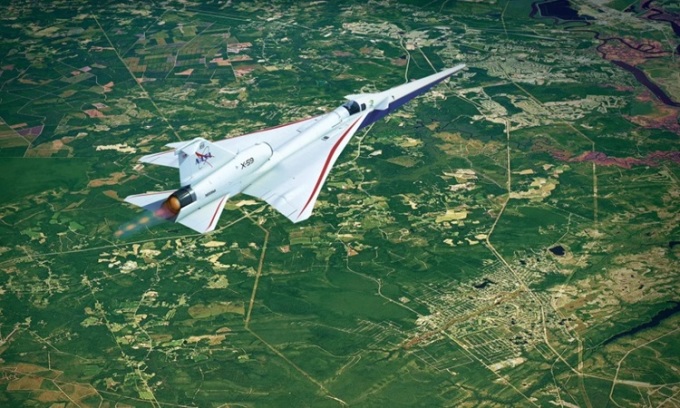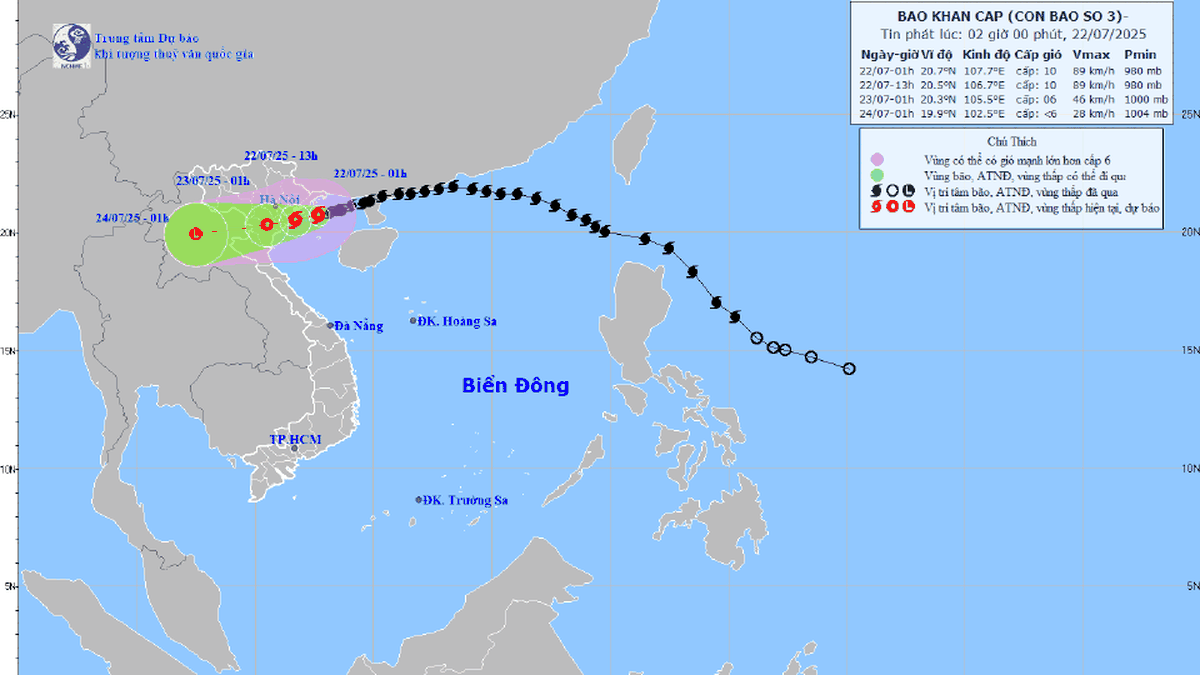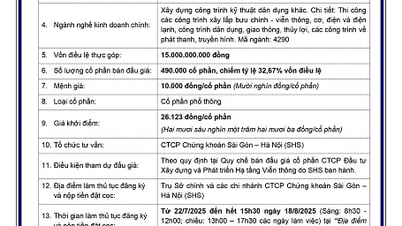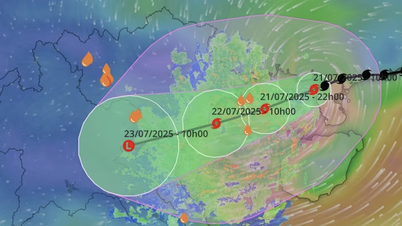The US's extremely long nose design and repositioning of the engines help the X-59 supersonic aircraft operate more quietly, producing only 75 decibels of sonic boom instead of 105 decibels like the Concorde.

Simulation of X-59 flying over land. Photo: NASA
The sonic boom is part of the reason no supersonic passenger jets operate today and one of the factors that limited the success of Concorde, which last flew in 2003. The supersonic aircraft was restricted to subsonic speeds when flying over land or near coastal areas. International regulations still limit commercial aircraft to subsonic speeds over land to avoid the impact of sonic booms on residential areas, according to CNN .
Now, NASA is trying to change that by turning the boom into a soft thud, paving the way for a quieter next generation of supersonic aircraft. The agency is running a program called Quest. The result of decades of research is a new hypersonic aircraft called the X-59, which debuted on January 12.
The X-59 is the latest in a line of experimental aircraft that includes the X-1 (which became the first manned aircraft to exceed the speed of sound in 1947) and the X-15 (which set the record for fastest manned flight in 1967 at Mach 6.7, or 5,200 mph). The new aircraft was designed and built by Lockheed Martin’s Skunk Works facility in Palmdale, California, under a $247.5 million contract with NASA. After leaving the hangar, the X-59 will undergo integrated systems testing, engine operation, and runway testing in preparation for its first flight. It is expected to make its first flight later this year.
“The X-59 will be much quieter than Concorde or any other supersonic aircraft that exists today,” said Craig Nickol, an adviser at NASA Headquarters. “The aircraft is extremely long and thin. It’s nearly 100 feet long, but it has a wingspan of only about 28 feet. The nose is a prominent feature on this aircraft, about a third of the length of the vehicle.”
The special shape plays a key role in making the aircraft much quieter at supersonic speeds. When an aircraft flies at subsonic speeds, the sound waves it produces can travel in all directions. However, at supersonic speeds, the aircraft itself emits sound, and the sound waves are compressed and combined into shock waves that originate at the nose and end at the tail. When these highly compressed shock waves reach the human ear, they create a sonic boom. This does not happen when the aircraft breaks the sound barrier. Instead, it is a continuous effect that can be heard by anyone in the cone below the aircraft as long as the vehicle breaks the speed of sound.
The shape of the X-59 is designed to prevent sound waves from combining. They spread out, aided by aerodynamic surfaces in key locations. The single engine is also placed on top of the plane rather than underneath, to keep the cross-section smooth and prevent shock waves from reaching the ground. As a result, according to NASA, the X-59 produces just 75 decibels of sound when traveling at supersonic speeds, compared to Concorde’s 105 decibels.
“That means it might sound like distant thunder on the horizon or like someone slamming a car door around the corner,” Nickol said. “People might not even hear an explosion. If they did, they probably wouldn’t be startled because the sound is so low and diffuse that it’s not loud at all.”
The X-59 is expected to fly at Mach 1.4, or 900 miles per hour. Before that, the Quesst team will conduct a series of test flights at the Skunk Works facility before moving the aircraft to NASA’s Armstrong Flight Research Center in Edwards, California, where the vehicle will operate. The meat of the program will begin in late 2024, when a series of test flights will take place over more than a dozen residential areas across the United States, selected for their varied geographic and atmospheric conditions.
After the X-59 flies over selected areas, NASA will survey communities on the ground to see how they react to the noise. The goal is to confirm that the 75-decibel sonic boom is acceptable. The data collected will be shared with the Federal Aviation Administration and international regulators. NASA believes the rule change will pave the way for a new generation of supersonic aircraft to fly routes that were previously unapproved, such as New York to Los Angeles, cutting flight times in half.
An Khang (According to CNN )
Source link






























![[Photo] National Assembly Chairman Tran Thanh Man visits Vietnamese Heroic Mother Ta Thi Tran](https://vphoto.vietnam.vn/thumb/1200x675/vietnam/resource/IMAGE/2025/7/20/765c0bd057dd44ad83ab89fe0255b783)







































































Comment (0)